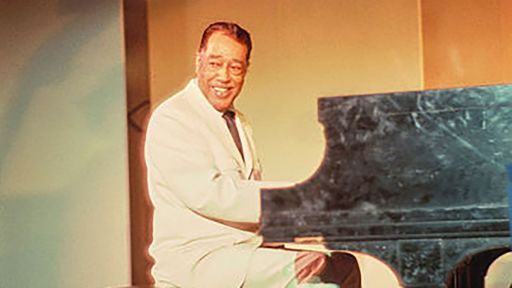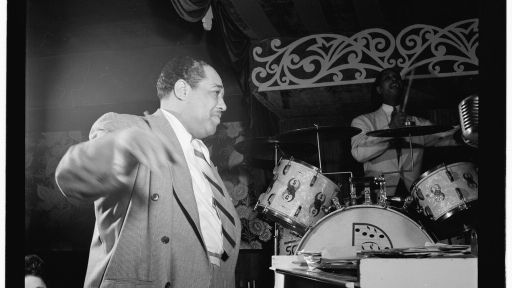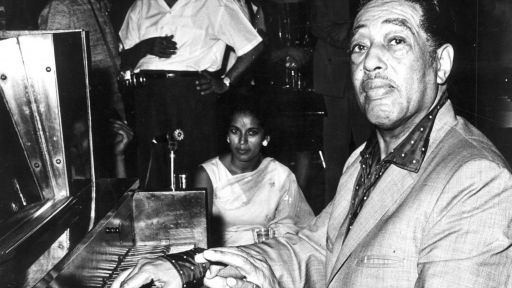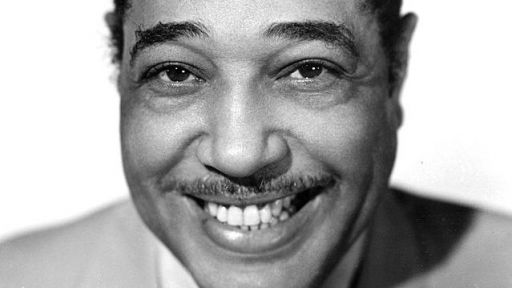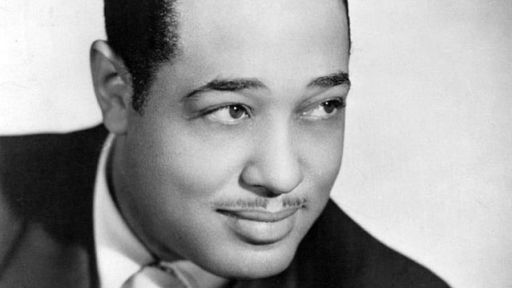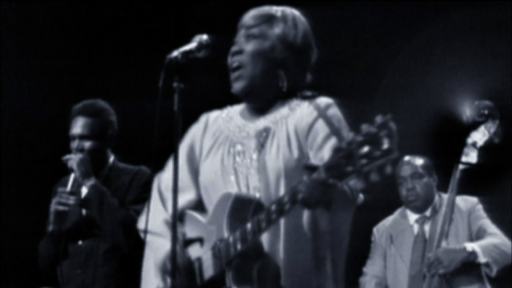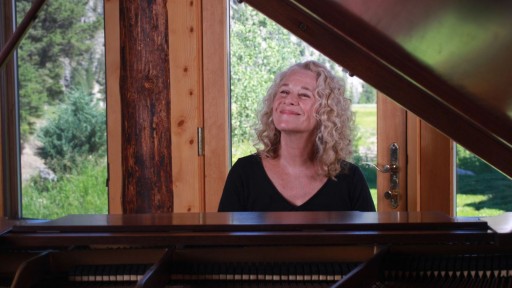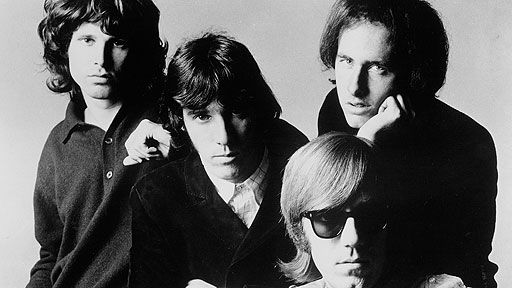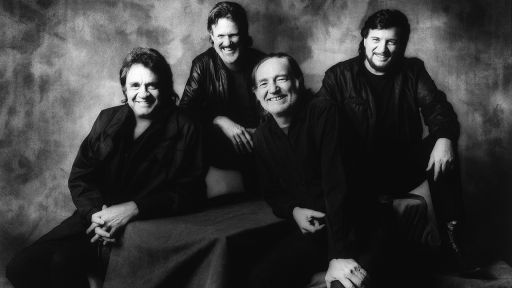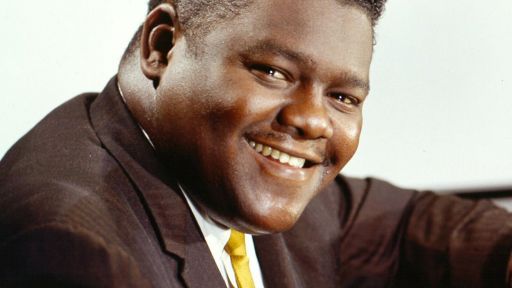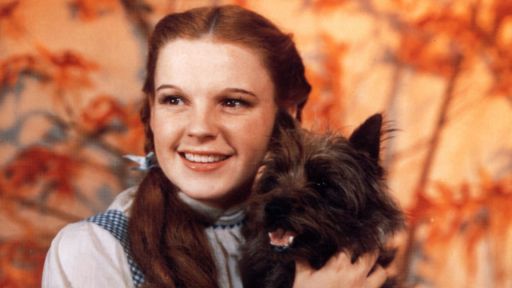Duke Ellington’s signature composition was “Take the A Train,” written by his frequent collaborator Billy Strayhorn. The song brought Ellington and his band financial success, became his “theme” song that he would perform regularly for the rest of his life, and is still one of the most important compositions in all of jazz.
More than half a century after “Take the A Train” debuted, a Brooklyn man (and self-proclaimed “dumpster diver”) Garfied Gillings came across a set of metal plates engraved with sheet music for purpose of printing the famous piece of music, as documented in this segment from the PBS show History Detectives. These plates, unmarked and unsigned, raised a question: was the young Strayhorn denied the credit he deserved for catapulting the band and the publishing company to eternal fame and success?
Edward Kennedy Ellington was born at the turn of the 20th century in Washington DC in 1899. A seeming natural-born talent, Ellington composed his first ragtime number at age 14. In 1923, he would move from his home in DC to Harlem, New York, at the center of the blossoming Harlem Renaissance. In a city filled to the brim with talented musicians, Ellington stood apart. Growing up in a middle-class family that emphasized good manners and spotless dress, the habits instilled in him would later earn him the stand-alone nickname “The Duke.”
In 1941, New York City’s newest subway line – the A train – was bringing people from Harlem into the heart of the city and connecting the long-stretching Manhattan Island. Around this “Take the ‘A’ Train” was rolling up the charts. The song would bring huge financial success to a pioneering music publishing venture, Tempo Music Inc., located at 1775 Broadway in New York City and owned by Ellington.
But behind the curtain of success stood a young composer and songwriter, Billy Strayhorn, who was a longtime friend and collaborator of Ellington’s. The pair met in 1938, and the very next year Strayhorn composed “A Train.” Strayhorn had an uncanny ability to emulate Ellington’s style while infusing it with a melody and lyricism that resembled the emerging “swing” genre. Music historians attribute Ellington’s rebounding success in the 1940s to the help of Strayhorn.
Ellington’s Tempo Music company was formulated after Ellington severed his relationship with agent Irving Mills. He wanted to own his own music and royalties, ultimately ending his role as victim to the exploitative music industry. In Ellington’s case, his band was losing more than it was making, so it was the money made from Tempo Music that allowed the band to continue playing and making music. His company set the precedent for African American artists that would come after him – Miles Davis, John Coltrane, and Herbie Hancock – starting their own companies and managing their own wealth.
Duke Ellington Collection curator John Hassey of the Smithsonian says that Gillings’ plates were likely used for the first successful publication of Tempo Music Inc. Strayhorn eventually received a 10% stake in the company as well as a salary that allowed him to pursue his passion: composing music. It remains a mystery as to whether he felt his contributions to the band, the music label, the Duke were ever fully and truly acknowledged in his lifetime.


